Being an active member of the American Sewing Guild, I am so excited to have Samina here kicking off our final week of National Sewing Month!
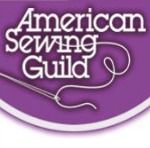
Sewing Needles
The small number of seams in this pattern was a key factor. I did not sew up the waist tucks because the blouse would have lost the loose and airy look. Since the scenic-print fabric was really a scarf, there was some shortage; so I added a contrast silk chiffon yoke, adding a degree of time consumption. I reduced the original back button opening to a seam. TIP: Cut the chiffon with paper underneath to prevent it from moving around on you.
Sewing Needles & thread: For basting I used an embroidery sewing needle which has a large eye but is long and thin, and for permanent sewing I used a short, sharp needle, also a thin variety and just one inch in length. I used a contrast silk thread for basting and a fine polyester thread for permanent sewing with the short sharp sewing needle. TIP: your fabric should dictate the kind and size of sewing needle & thread. Serious hand sewers like to use a thimble, but I can safely say that it is optional.
Beeswax: Run the thread through the beeswax, iron the thread so that the wax is incorporated in the thread and will not come off on the fabric.
Putting it together: Stay-stitch neck edge of front and the two back pieces by machine. Stay-stitching and finishing the neckline was the only time I used the sewing machine.
Mark: Seam lines lightly with chalk, and the dot under the arm with a tailor’s tack. Thread-trace all seam lines, or you can follow the chalk lines (see why I used a pattern with few seams?).
Join the pieces at the yoke seam on the front and backs with a French seam. Here’s how: thread-trace or chalk-trace the 5/8 inch seamline only on one piece. Wrong sides together sew a 1/4” seam using a combination running and backstitch (first picture below). This means that after every three running stitches (1/8” each) you take a back-stitch. Trim the seam by a smidgen. Press open, then press together on the seamline, right sides together. Sew with the running-stitch/back-stitch on the thread traced line. See the orange basting thread in the picture? That was my guide, as seen in second picture below. You can also see the running/back-stitch in action. Remove orange basting! TIP: don’t sweat the small stuff. If your hand stitching is uneven, your garment will still be great!
Next, sew the center back in a straight seam with a running stitch/back-stitch combo, press open and “fell” the allowances; the center back is left open on the black upper yoke portion so the blouse can go over my head. The shoulder and side seams are stitched, and the seams are felled to one side without pressing open (that is how my elderly relative did the original tunic).
Apply binding to the neckline. Are you missing the sewing machine? I am, so the neck binding is applied on a machine. Turn in the sleeve hems and sew down with a slip stitch. My scarf/fabric was already hemmed at the bottom so I did not have to hem it – another concession to machine sewing! Voila! I thank my sewing needles and add the hand-made light & airy top to my wardrobe.
Samina at the American Sewing Guild.
Wow Samina, I’m not sure what I am more impressed with, the fact that you stitched the entire garment by hand with sewing needles or that you reclaimed a scarf? Either way, I love all the tips and tricks you added to the project!
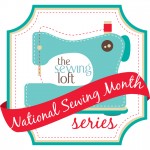
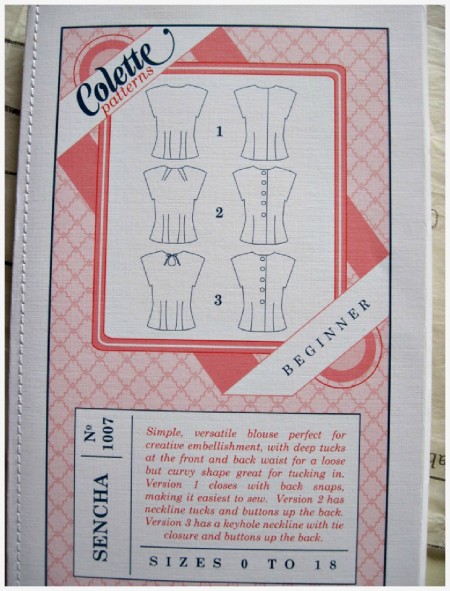
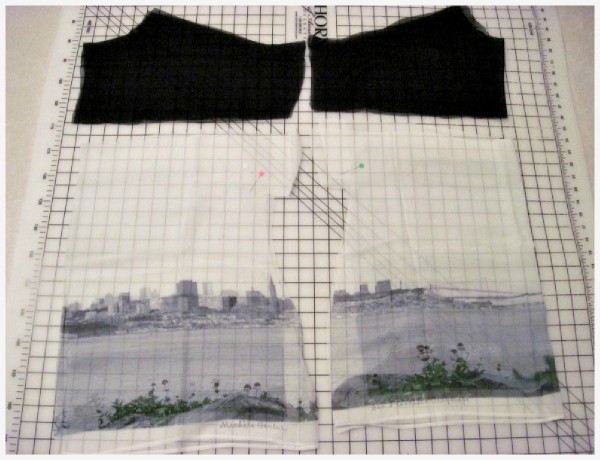
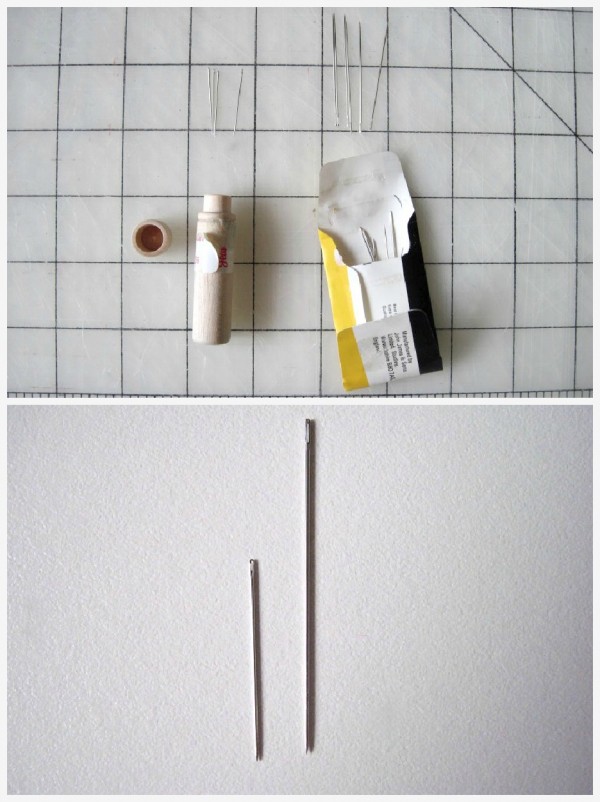

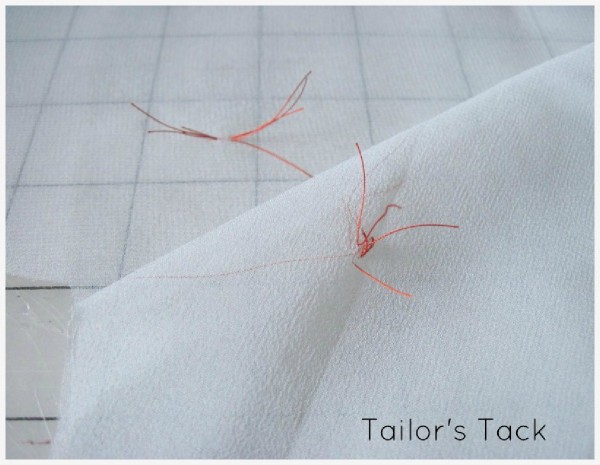
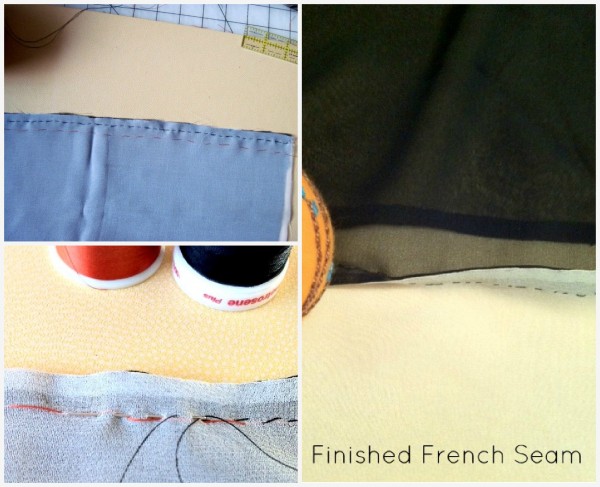
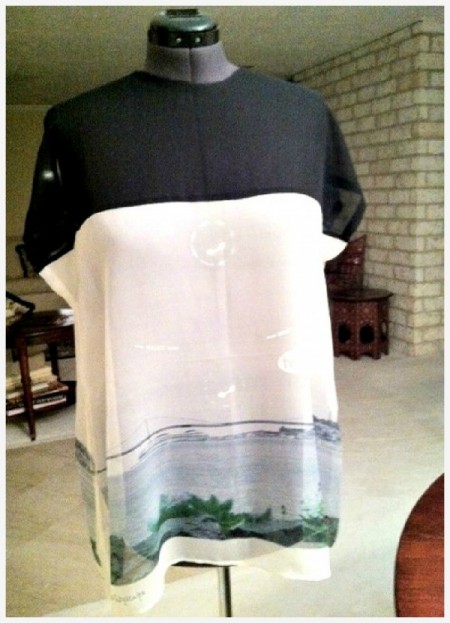
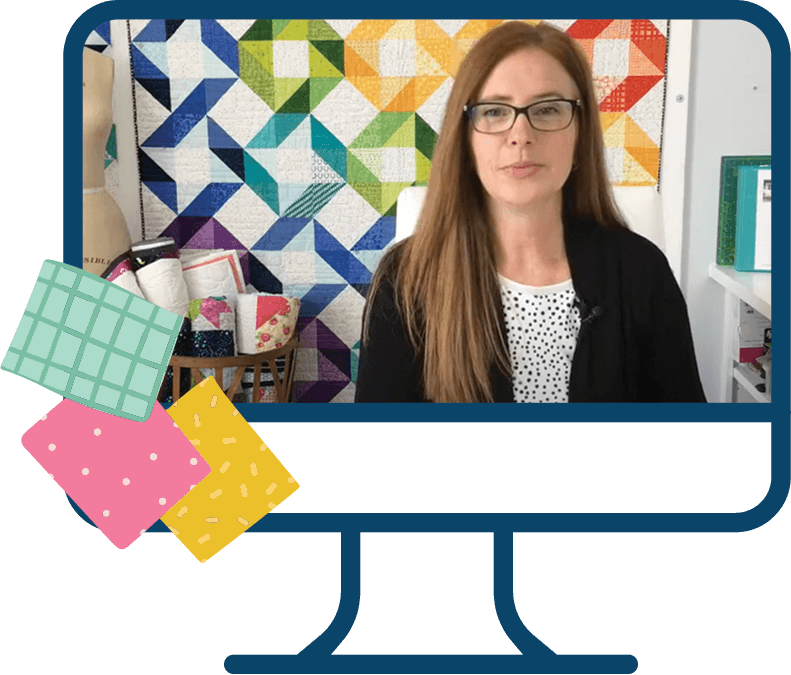

Comments & Reviews
Really Cute and easy looking top. Unless the black was on hand, I personally would have looked to pick up one of the colors at the bottom. The blue would be okay, but I think the green would make more of a ‘pop’.
Thanks for the idea, Gloria! Actually, I used what I had in my stash. Next time I’ll remember your tip; I definitely plan to make some more from this pattern.
Samina I love what you did & it’s amazing that you can use a 1″ needle. I’m not sure I could do that. I too love hand sewing now & then & because of that I love doing hand Sashiko.
Your fabric at the bottom of the blouse was wonderful & it gives me an idea to use some of my NC mountain landscapes or some of the sunrises that I shoot almost daily & transfer them to some silk broadcloth that I have. Nice work.